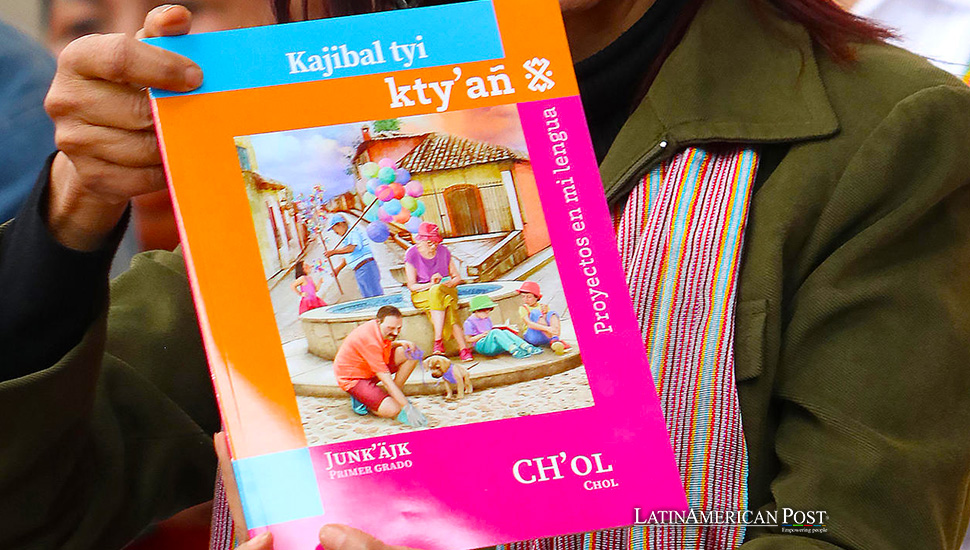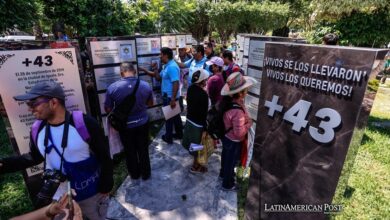Mexico’s 180 New Textbooks in 20 Indigenous Languages Boosts Cultural Pride

In a landmark move to preserve linguistic diversity, Mexico has unveiled 180 textbooks translated into 20 indigenous languages, marking a significant step towards educational inclusivity and cultural pride on International Mother Language Day.
Embracing Linguistic Diversity: Mexico’s Bold Move
In a world increasingly dominated by global languages, the quiet hum of indigenous tongues narrating centuries-old tales, wisdom, and traditions is a testament to resilience and identity. This International Mother Language Day, Mexico emerged as a beacon of hope for linguistic preservation by introducing 180 new textbooks translated into 20 indigenous languages, illuminating the path toward educational inclusivity and cultural pride across Latin America.
The initiative, spearheaded by Mexico’s Secretary of Public Education (SEP), Leticia Ramírez, involved translators from 17 of the nation’s 32 states. It underscores a broader movement within the region to reclaim and celebrate indigenous identities that dominant cultures and languages have long marginalized. The translated languages, including Maya, Náhuatl, Zapoteco, and Totonaco, represent a mosaic of Mexico’s rich linguistic heritage.
Ramírez’s statement during the announcement highlighted the initiative’s core philosophy: recognizing diversity as wealth and fostering pride in one’s identity. By breaking the chains of linguistic imposition, Mexico confronts historical discrimination and paves the way for a society that values its pluricultural and multilingual essence.
Latin America’s Collective Effort
This bold step by Mexico is part of a larger narrative unfolding across Latin America, where countries grapple with the legacy of colonization and the ongoing struggle of indigenous communities to preserve their languages and cultures. Nations like Guatemala, Bolivia, and Peru are also working to integrate indigenous languages into public life and education, reflecting a region-wide awakening to the importance of linguistic diversity.
In Guatemala, for instance, the government has made strides in bilingual education, recognizing 22 Mayan languages alongside Spanish to bridge the gap between indigenous populations and the broader society. Bolivia’s constitution, one of the most progressive in terms of indigenous rights, recognizes 36 official languages, promoting educational policies that respect and incorporate these languages. Meanwhile, Peru, with its rich tapestry of indigenous languages, has been working to revitalize Quechua, Aymara, and other native languages through educational reforms and public broadcasting.
However, the journey toward linguistic inclusivity and celebrating cultural identities in Latin America is fraught with challenges. Issues of funding, teacher training, and integrating indigenous knowledge into curricula persist, requiring a sustained commitment from governments, communities, and international partners.
Mexico’s initiative serves as a powerful reminder of the transformative potential of education in bridging divides and nurturing pride in one’s heritage. By translating textbooks into indigenous languages, the SEP not only facilitates access to education for indigenous children but also honors the voices and stories of communities that have contributed immeasurably to the nation’s cultural fabric.
Tlacuilo in Santa Ana Tlacotenco
As these textbooks find their way into the hands of eager young learners in schools like Tlacuilo in Santa Ana Tlacotenco, they carry a message of hope and recognition. This gesture of inclusivity from the Mexican government is a step toward rectifying past oversights and embracing a future where every language and culture is afforded the respect and space to flourish.
Also read: Preserving Heritage: Exploring Mexico’s Rich Tzotzil Tradition at Carnaval K’intajimol
The ripple effects of Mexico’s commitment to linguistic diversity are felt within its borders and throughout Latin America, inspiring similar movements toward a more inclusive and respectful society. In this era of globalization, preserving indigenous languages is a bold assertion of identity, resilience, and pride, heralding a new chapter in the region’s ongoing story of cultural richness and diversity.





